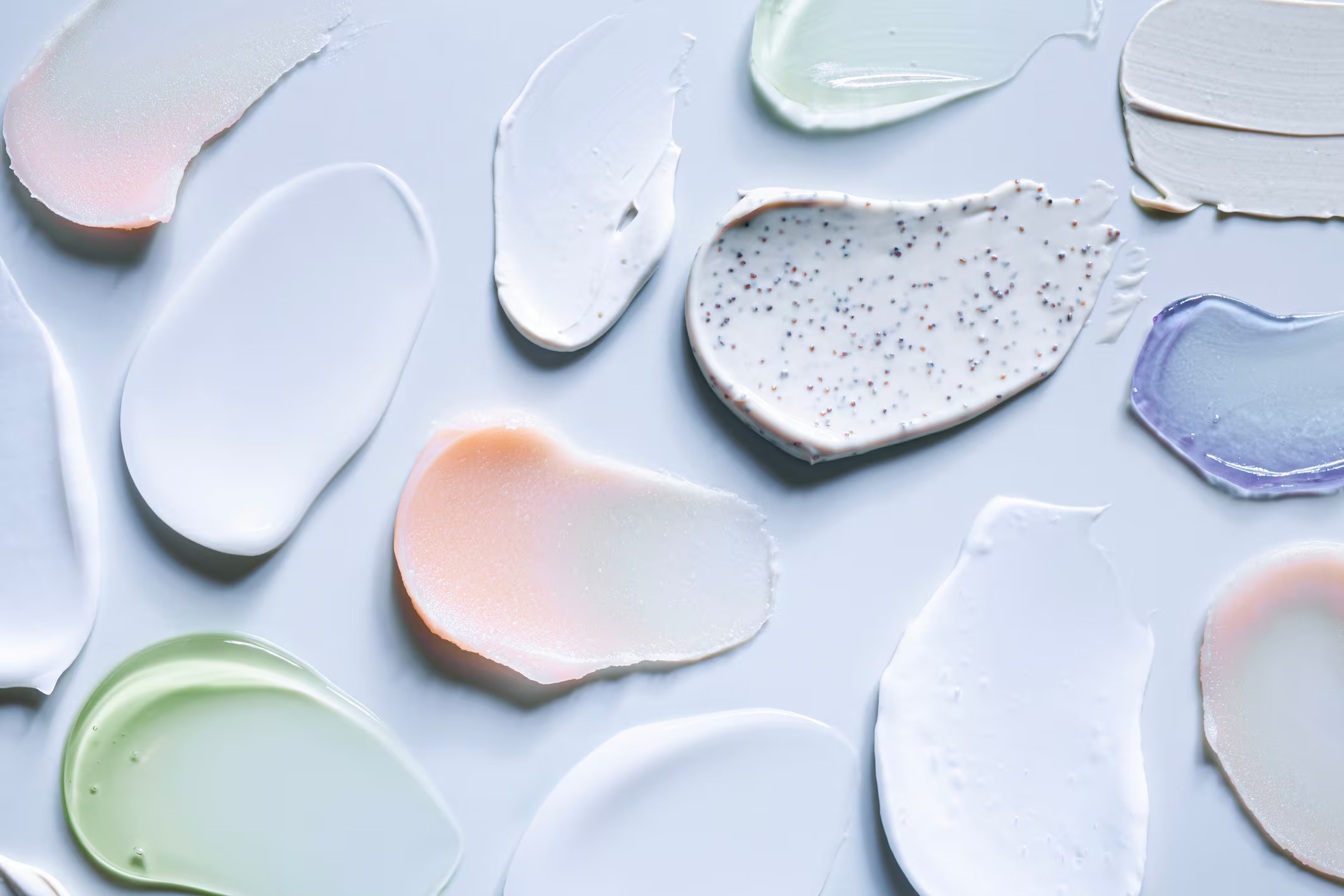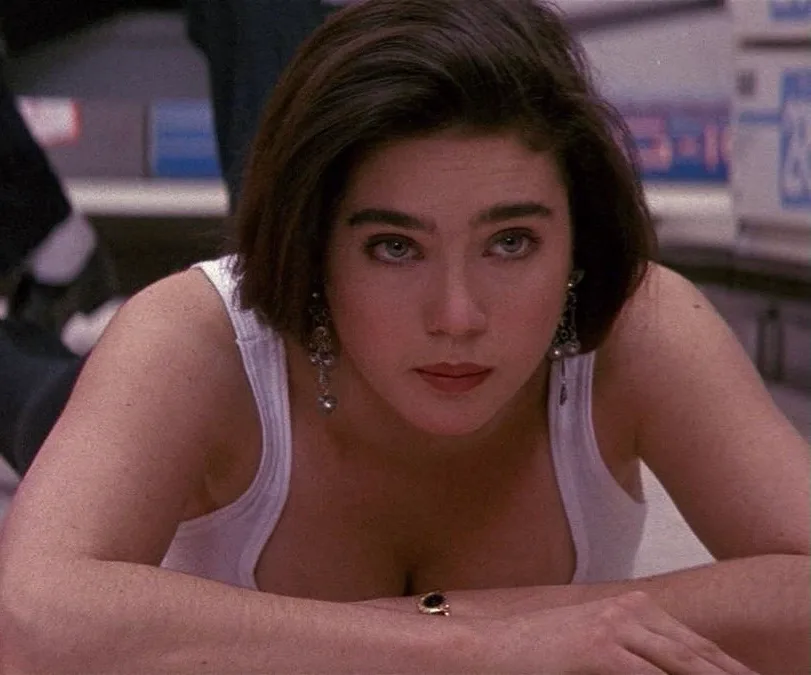Indonesian batik is a wax-resist dyeing art form that goes back centuries, most strongly rooted in the island of Java. Using methods such as batik tulis (hand-drawn) and batik cap (stamped), artisans apply hot wax to fabric to resist specific dye baths, repeating the process if multiple colours are desired. The motifs range from geometric patterns, flora and fauna, to spiritual and royal symbolism—each design carries stories of identity, spirituality, and region. Because batik was inscribed in 2009 by UNESCO as Intangible Cultural Heritage of Humanity, its preservation is now recognised both locally and globally.
Over time, styles diversified. Inland batiks (like those from Yogyakarta or Solo) often feature more conservative hues—sogan browns, deep indigos—while coastal or “pesisir” batik draw from international trade influences (Chinese, Indian, European), resulting in brighter colours and more elaborate motifs. Motifs like Parang, an interlocking “S”-shaped design said to symbolise continuity and strength, or Tujuh Rupa from Pekalongan, mixing plant and animal impressions, show how regional variation embeds both art and meaning. In modern times, batik has moved beyond ceremonial robes—fashion designers, interior decorators, and everyday wear incorporate batik in creative ways, while some artists experiment with combining traditional methods and digital tools.
Yet, preserving batik’s heritage faces challenges: industrialisation leads to cheaper printed batik variants which bypass the labour-intensive hand-waxing processes, risking loss of skill and nuance. To safeguard authenticity, many batik-making communities, museums, and heritage organisations are promoting education, apprenticeships, and exhibitions. Understanding the technical steps (wax application, dye baths, wax removal), the meaning behind motifs, and the provenance of pieces builds authority and trust for both creators and consumers. By valuing craftsmanship and history, Indonesian batik remains not only a beautiful art form but a living tradition—one that connects generations and continues to evolve with care and creativity.






